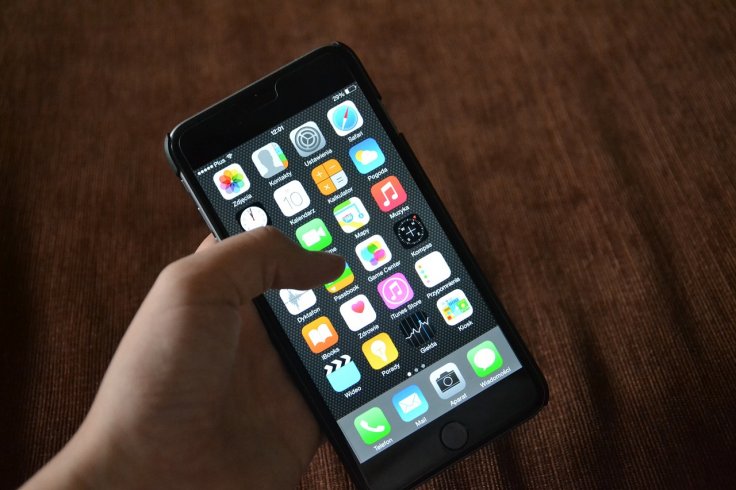
Scientists in Bristol and Paris developed a new interface – an artificial skin-like membrane – for augmenting interactive devices like smartphones, computers or wearables. The researchers at the University of Bristol, in partnership with Telecomm ParisTech and Sorbonne University, developed Skin-On interface that mimics human skin in appearance and also in sensing resolution. They developed a multi-layer silicone membrane mimicking the layers in human skin.
"This is the first time we have the opportunity to add skin to our interactive devices. The idea is perhaps a bit surprising, but the skin is an interface we are highly familiar with so why not use it and its richness with the devices we use every day?" said Dr Anne Roudaut, the supervisor of the research and the Associate Professor in Human-Computer Interaction at the University of Bristol.
The artificial skin allows the devices to 'feel' the grasp of the user and can also detect interactions such as tickling, caressing, twisting and even pinching.

"Artificial skin has been widely studied in the field of Robotics but with a focus on safety, sensing or cosmetic aims. This is the first research we are aware of that looks at exploiting realistic artificial skin as a new input method for augmenting devices," said Marc Teyssier, the lead author.
According to Science Daily, the researchers created a phone case, smartwatch and computer touchpad to demonstrate how touch gestures can convey expressive messages. "One of the main use of smartphones is mediated communication, using text, voice, video, or a combination. We implemented a messaging application where users can express rich tactile emotions on artificial skin. The intensity of the touch controls the size of the emojis. A strong grip conveys anger while tickling the skin displays a laughing emoji and tapping creates a surprised emoji," said Marc Teyssier.
According to the researchers, the next step will be to make the skin even more realistic and they have already started finding ways to embed hair and temperature features. "This work explores the intersection between man and machine. We have seen many works trying to augment human with parts of machines, here we look at the other way around and try to make the devices we use every day more like us, i.e. human-like," said Dr Roudaut.









